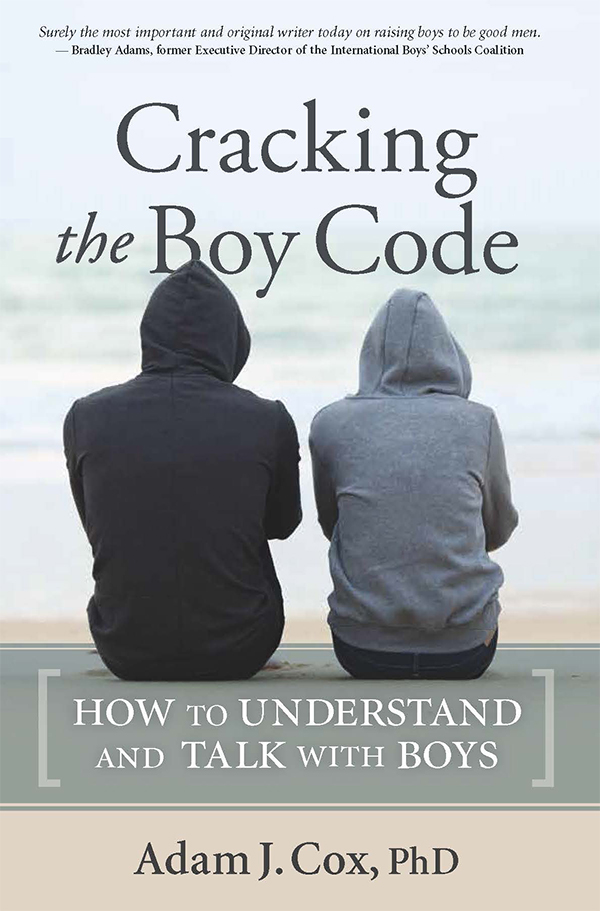It shouldn’t be difficult to advocate for the basics. It should be obvious that some learning experiences are so fundamental to human life that they can’t be reasonably excluded from childhood. But in fact it is increasingly awkward to advocate for the basics. There is a tension between what strikes us as essential for a person’s well-being, and what strikes us as essential for the future economy. I can’t think of any more notable example of this issue than creativity. Everyone affirms the value of creativity, but when it comes to hard choices like making adequate time for creative work, most of us look the other way. A key to this problem is that our belief in the value of creativity is mostly spiritual and intuitive. It’s something we feel inside; it seems like the right thing to do.
Increasingly, we are led to second-guess such intuitions. We are encouraged to think more empirically. Where’s the scientific proof that creativity enhances life? Where’s the proof that creative experiences add up to anything?
As a counterpoint, there is abundant emphasis on STEM (Science, Technology, Engineering and Mathematics). The clamor for STEM is global, and it is in full force in the United States, where the Department of Education strongly advocates that students spend more time in STEM subjects. Seemingly, no amount of time is enough time so long as students in other countries are outperforming US students on standardized tests. Because STEM is viewed as fundamental to a strong economy, the sense of urgency for STEM learning is great.
Do STEM subjects involve creative thinking? Absolutely. Is it the same type of creative thinking that takes place during more autonomous creative work? No.
Like you, I have heard and read numerous stories about the creative thinking involved in science, technology, and engineering. The examples are credible, but in no way do I believe that STEM is a substitute for time spent doing more self-directed creative work.
There is a difference between creativity that is an open-ended exercise in discovery, and the creativity we refer to as it applies to solving math or science problems. The latter is a kind of applied creativity. These types of creative processes require adaptive, flexible thinking – in the service of an established problem.
We should collectively assert that creativity is an important human experience unto itself. Creativity should not be justified as “a means of helping students to do better in math and science.” These sorts of bogus rationalizations are common among those who seek to justify creativity as a means of better STEM, or improved test scores. This is a regressive argument, and is quite frankly embarrassing for a country as purportedly sophisticated as the United States. When we hear officials speak of creativity in this way, we should be alarmed by how normal that tone has become.
What if science were taught with the ethos that its primary value was learning how to be a better painter or musician? What if STEM departments had to justify their existence, and budgets, to their applicability to aesthetics? This is just as absurd as the current trend of “justifying” arts and humanities for their profit potential.
Many of us live in such a way as to experience an almost complete absence of choice. It’s as though the scripts and agendas laid out for us are our destiny. The actual moment of creative work stands in opposition to this existential constriction. This is the moment when creative materials are assembled, and when there is no particular script for what is about to happen – other than to be true to what you are thinking and feeling at that moment. Those moments of psychological freedom are increasingly rare. And most of us hardly notice.
I believe that when many of us imagine such situations, we think, “yeah, that’s nice for little children, but of what practical use is that to someone who has to make their way in the world?” I think young people have also internalized this belief system. The research I’ve done with adolescent boys confirms that most forget their creative side around age 15. It’s at this age when creativity, even if it had been an important part of their earlier life, now seems irrelevant to the future.
If we want to make creativity appealing to adolescents it must certainly have more gravity than the kinds of assignments we do with younger children. I know that many of the world’s most progressive schools offer creative opportunities that greatly enrich the lives of their students. Unfortunately, such opportunities appear to be relatively exclusive. The state of creativity in the average American public school is deplorable. Most students are lucky if they get an art or music class once a week. No real opportunity is allowed for immersion. And there is little discussion of the connection between creative work and things that are happening in the world. This why the work of the Children’s Arts Guild is of critical importance – it provides structure and meaningful supervision of creative work.
Despite the challenges, creativity does break through. Like weeds forcing themselves through a crack in the sidewalk, creative thinking demands air, and a chance to circulate. But more cultivation is needed. We need a summit on creativity in youth to define a path forward. This could happen at schools, or in communities – but there is need for a serious and ongoing dialogue about the role of creative work in youth. I don’t mean just encouraging kids to develop a new app, I mean work that gives young people a chance to participate in making the world. This is where life’s purpose is found.






Leave a Reply